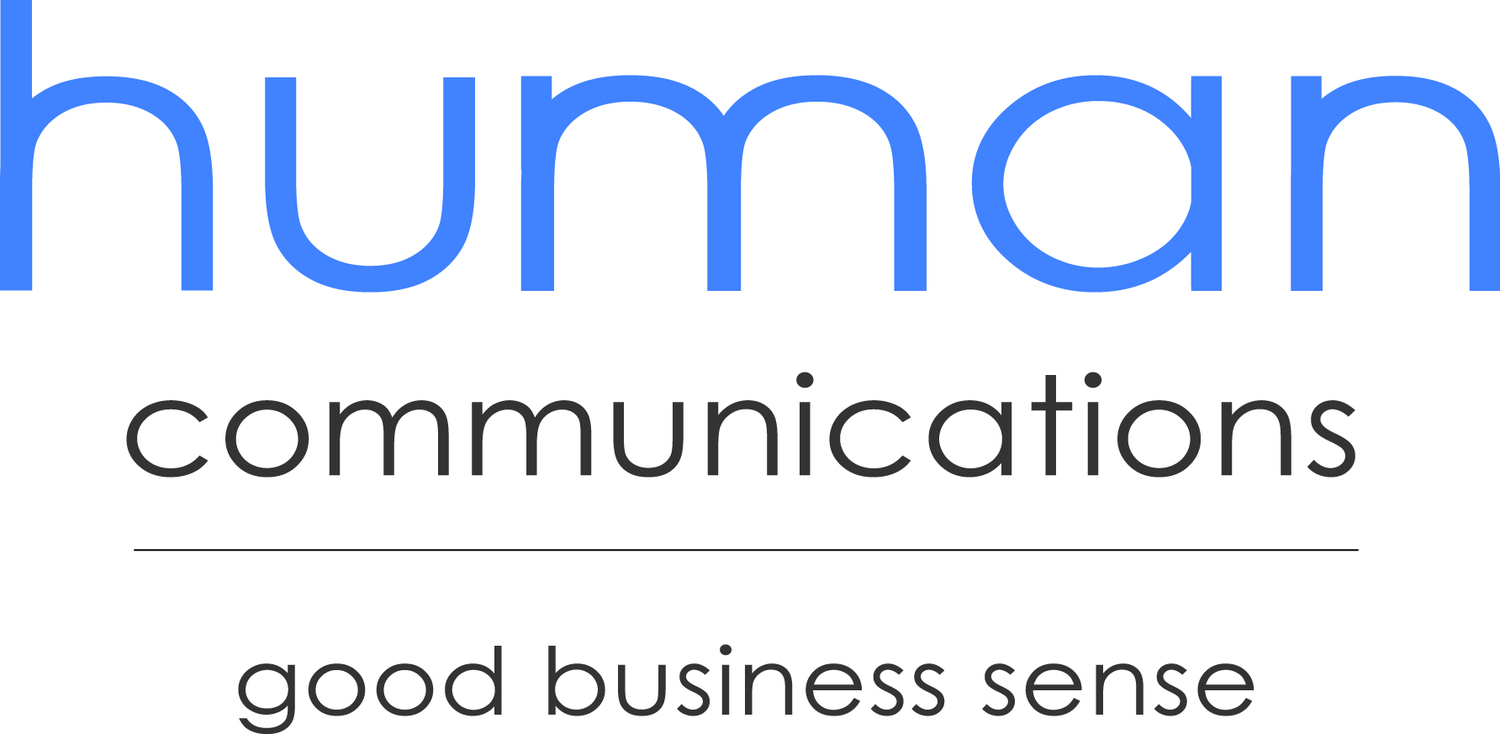Email marketing – are your open rates meeting industry standards?
For many small businesses, email marketing is one of the best ways to ensure you can stay in regular contact with customers and prospects, share interesting information on industry trends and demonstrate your expertise.
But many organisations struggle with the question of when to send their email newsletters – which day of the week and at what time – and want to know how their email open rates and click through rates compare to industry standards.
Thanks to a new report from email marketing provider GetResponse, help is now at hand.
In its research, GetResponse analysed more than 300 million emails to determine the best time to send an email in order to maximise your chances of it being opened, read and acted upon.
Their findings are as follows:
- The average open rate for emails is nearly 19%, while the average click-through rate is 4.5%.
- Tuesdays are the busiest day for email sending, and see the highest open rates.
- Fridays are the least popular weekday for sending emails, yet see the highest click-through rates.
- Most email opens occur within the first hour of delivery.
- If an email remains unopened 24 hours after being sent, it stands only a 1% chance of being opened.
The research also looked at autoresponder sequences and welcome messages sent to new subscribers – both of which outperformed standard email newsletters in terms of open and click-through rates. The initial emails in an autoresponder series enjoyed the highest open rates. As a result, GetResponse advises companies not to include too many messages in a sequence.
So what are the takeaways for your email marketing activity?
First, it's worth remembering that every business is different. So while these figures can provide some useful guidance overall, they're likely to downplay variations between industries and large and small businesses.
For example, a small business with a personal connection to each customer may well experience higher open and click-through rates than a large company sending several emails each week.
If specific data is available for your own industry (handy tip – your email marketing provider may provide this as part of their reporting/analytics) then it's worth comparing your results to the industry numbers to give you a better idea of what is normal for similar companies in your field.
It's also worth testing the response rates for your own newsletters to try to identify the best time to engage your audience. In doing so, keep in mind that if most emails are opened within an hour of sending, it's worth sending your newsletters at a time when people are likely to be able to open them.
Similarly, if you're able to try out sending your newsletter on different days of the week to explore what works best for your company, this can be a good way to maximise your response rates and to understand what suits your subscribers.
Finally, whatever your response rates are at the moment, keep testing and trying to improve on these by tweaking your content, your sending schedule and the ways in which you ask subscribers to engage. By doing so, you may just find that you can beat your own industry response rates.
Have you found any particular day best for sending newsletters? Have you improved your response rates by changing the time or day when you send your newsletter? Let us know in the comments section below.

